|
0 Comments
Leave a Reply. |
Writing about artHenri Colt is the author of Becoming Modigliani (scheduled for publication in May, 2024), which provides a compassionate new look at the life, art, and illnesses of Italian-Jewish artist Amedeo Modigliani in early 20th century France. Archives
April 2024
CategoriesArt
Travel Medicine and Movies Medical Education Books and other readings Other sites |
Copyright © 2024 Rake Press Proudly powered by Weebly

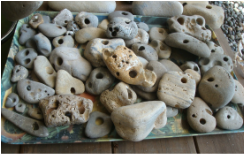
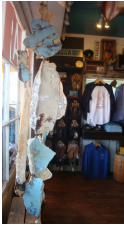
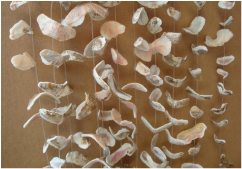
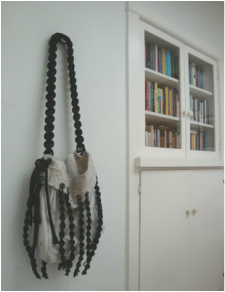
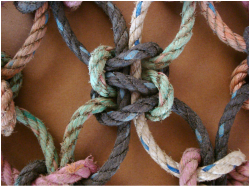
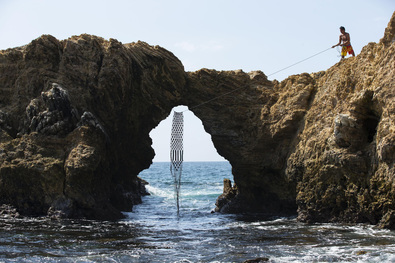
 RSS Feed
RSS Feed